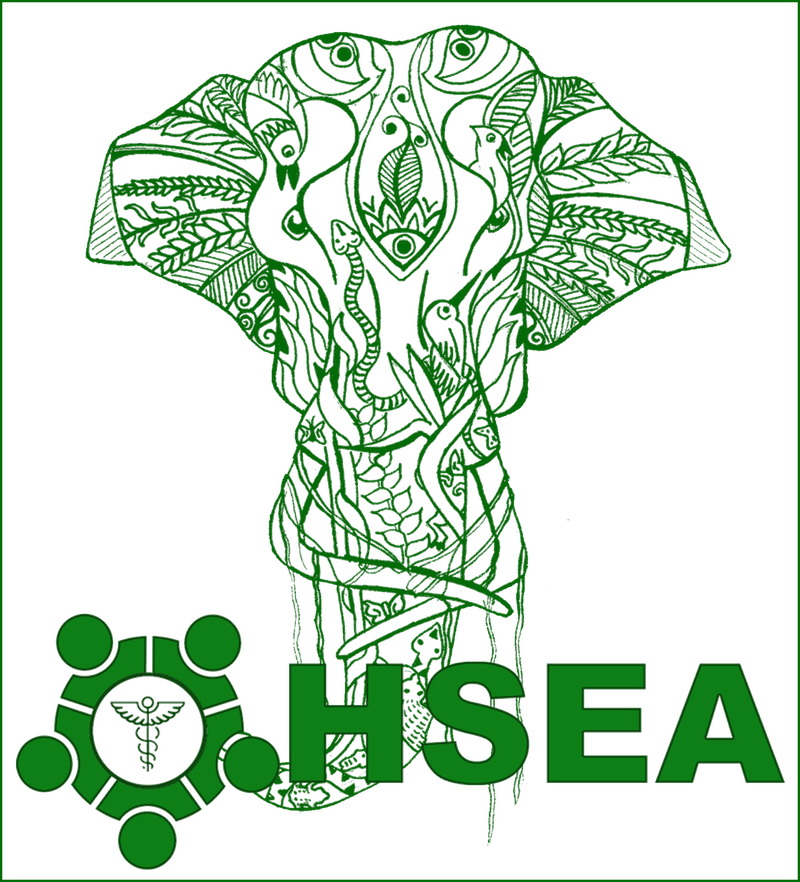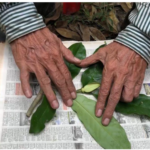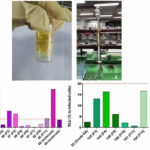A Conservation Effort on Malaysian Annonaceae Plants and its Identification of Novel SarsCoV-2 and Dengue Antiviral Agents
PITCH
INTRODUCTION TO THE PROJECT
According to the World Health Organization, dengue fever is the most critical and the most rapidly spreading mosquito borne disease in the world, and no antiviral specific to DENV has been identified (just like CoV-2 SARS). Dengue virus (DENV) is the key vector-borne virus that causes hemorrhagic fever in humans. The number of cumulative reported cases affected 80,590 last year in Malaysia and is projected to rise by 2030.
With nearly 15,000 species of vascular plants, Malaysia is one of 12 mega biodiversity countries in the world. However, modernization and global warming are now threatening the highly valuable plants producing active agents against the virus. Hence, the aim of the PHYTODENCOV project is to identify dual inhibitors effective against SARS-CoV-2 and DENV from Malaysian medicinal plants while building living plant collections to support conservation. Our laboratory, in collaboration with ICSN-CNRS, and PIMIT has identified two Malaysian plant extracts (Desmos dumosus and Goniothalamus giganteus) from Annonaceae family with dual anti-DENV and anti-HCoV- 229-E activities.
PROJECT IN ACTION
Hypothesis: The 20 extracts of Malaysian plants active against HCoV-229-E are also effective against SARS-CoV-2 since it is genetically close to beta-coronavirus and shares common mechanisms of replication. On the other hand, the two extracts (Desmos dumosus and Goniothalamus giganteus) with a dual activity against DENV and HCoV-229-E would allow us to envisage a multiple therapeutic approach (when symptoms are similar or in the case of potential comorbidities).
Task 1: Biodiversity conservation : To conduct collection and replanting the selected Malaysian Annonaceae plants as well as initiate the formation of the natural products extract library
- Collecting Goniothalamus and Desmus plants from the Annonaceae family
Task 2 : Phytochemistry :
– To isolate and characterise the structure of bioactive compounds through various chromatographic and spectroscopic methods
– To expedite elucidation analysis, training, and creating the natural products database and library
- Structural characterisation of the bioactive compounds
Task 3 : Experimental virology : To perform antiviral assay against DENV infection and SARS-CoV-2 on the fractions and compounds isolated
NEXT STEPS
- Publication of findings
- Dissemination awareness towards local communities : through The Enviromental Education Programme (EEP) Scientific reports on research findings (Publication/Journal)
- Built the foundation for the plant repository, starting with all the extracts of collected and studied plants, fractions and pure compounds
- Further characterization of the identified biologically active compounds and potentially propose a medicinal chemistry program to synthesize active molecules and their analogues (hits to lead).
- Impacts:
1- Demonstrate the importance of rare plants as sources of a potential drug for treating microbial infections, such as COVID and dengue.
2- The repository will be a point of reference for the biodiversity of Malaysian plants that could be developed further to be an international centre.
PhytoDenCov-3 ON THE WEB
XXXX
CONTACT
Project leader : Khalijah AWANG (khalijah@um.edu.my)
Associated researchers :
Muhamad Aqmal Othman (aqmal@um.edu.my)
Marc LITAUDON (marc.litaudon@cnrs.fr)
Chaker EL KALAMOUNI (Chaker.el-kalamouni@univ-reunion.fr)
Countries involved : Malaysia and France


